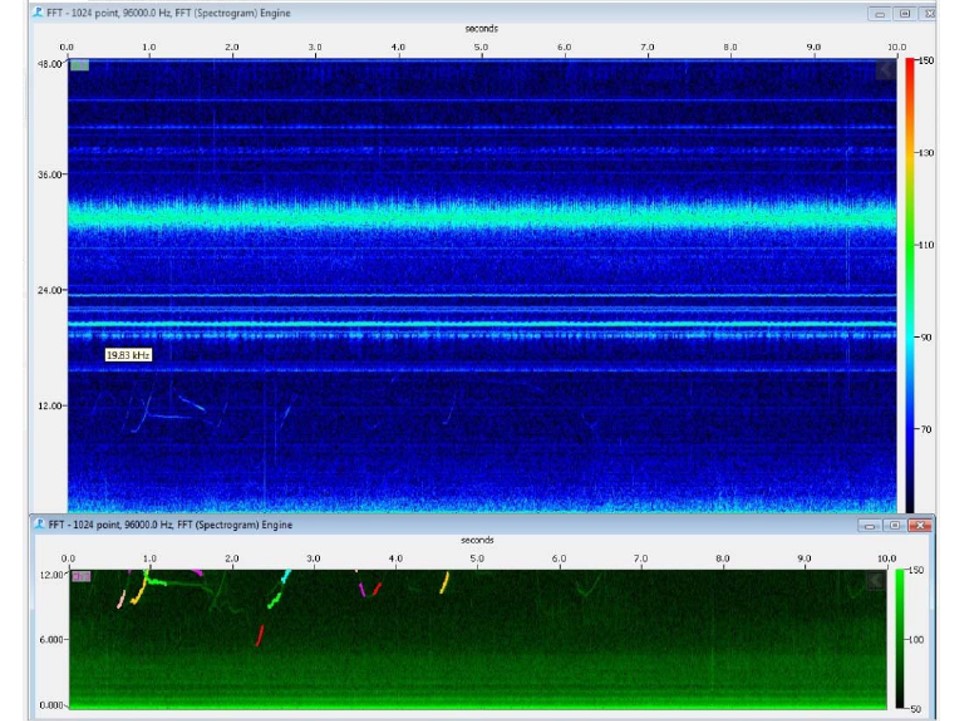MMO & PAM

Marine operations are becoming more and more involved in establishing mitigation in respect of protecting Marine Mammals.
Clydeside Surveys now have five personnel fully qualified personnel to operate as an MMO (Marine Mammal Observer)
They are also qualified to operate Passive Acoustic Monitoring (PAM) systems which are becoming increasing required when visual MMO is difficult or impossible, such as during night, poor visibility or rough sea conditions.
Mitigation methods can be divided into those that reduce the propagation of noise through the marine environment (e.g. noise abatement systems); and those which reduce the risk of injury as a result of a noisy activity (e.g. by ensuring no animals are within a certain distance before starting).
Mitigation guidelines have been developed for geophysical surveys, impact piling and explosive use in the marine environment.
We operate under JNCC guidelines, which as a minimum are intended to reduce the potential for injury to negligible levels by recommending methods to ensure no marine mammals are within a prescribed zone before a noisy activity begins.
Where appropriate, consideration should also be given to noise abatement methods, such as bubble curtains or coffer dams. Proposed mitigation methods should be tailored to the operations concerned, taking into account the timing, location and potential risks to the species of concern.
The JNCC guidelines do not directly deal with disturbance. However, the measures contained may also assist in reducing potential disturbance.
The guidelines represent the best-available evidence at the time of publication. Industry constantly strives to improve the technology they use and reduce their impacts to the environment.
The guidelines recommend the use of marine mammal observers (MMOs) and passive acoustic monitoring (PAM) to conduct pre-operation searches for marine mammals. For some operations, active mitigation methods are appropriate (e.g. acoustic deterrent devices (ADDs)) to deter animals away from the mitigation zone prior to the activity starting. For others, noise abatement systems will be required. Each of these methods have limitations, therefore a combination is often required.
Marine Mammal Observer
The primary role of marine mammal observers (MMOs) is to ensure that no marine mammals are observed within a specified area before a noisy activity begins, thus reducing the potential for injury to negligible levels. The size of this area is determined at the application stage, following review of an impact assessment undertaken by the applicant. MMOs also provide operators advice regarding compliance with the JNCC guidelines.
Passive Acoustic Monitoring
The use of passive acoustic monitoring (PAM) was incorporated into the JNCC guidelines as a form of mitigation in 2002 and has been increasingly used as a tool for monitoring marine mammals during night time and poor visibility conditions. Again, the aim is to ensure no marine mammals are within a specified area prior to the activity commencing.
Specialist trained PAM operatives are needed to set up and deploy the equipment and to interpret detected sounds. It is acknowledged that current PAM systems are not suitable for detecting seals and some cetaceans (e.g. baleen whales) and have limited range for others (e.g. harbour porpoise). However, PAM is considered a viable monitoring method during periods when effective visual monitoring is not possible.

When a PAM system is used, it should achieve as much as possible of the following:
- Detect the range of frequencies of marine mammal vocalisations expected to be present in the survey area;
- Detect and identify vocalising marine mammals and establish bearing and range in a reasonable period of time;
- Immediately communicate relevant information to the PAM operator (real time) so appropriate and timely mitigation measures can be undertaken (e.g. delay operation start);
- Able to be repaired on board or replaced in case of breakdown (e.g. appropriate repair tools and back-up equipment).

